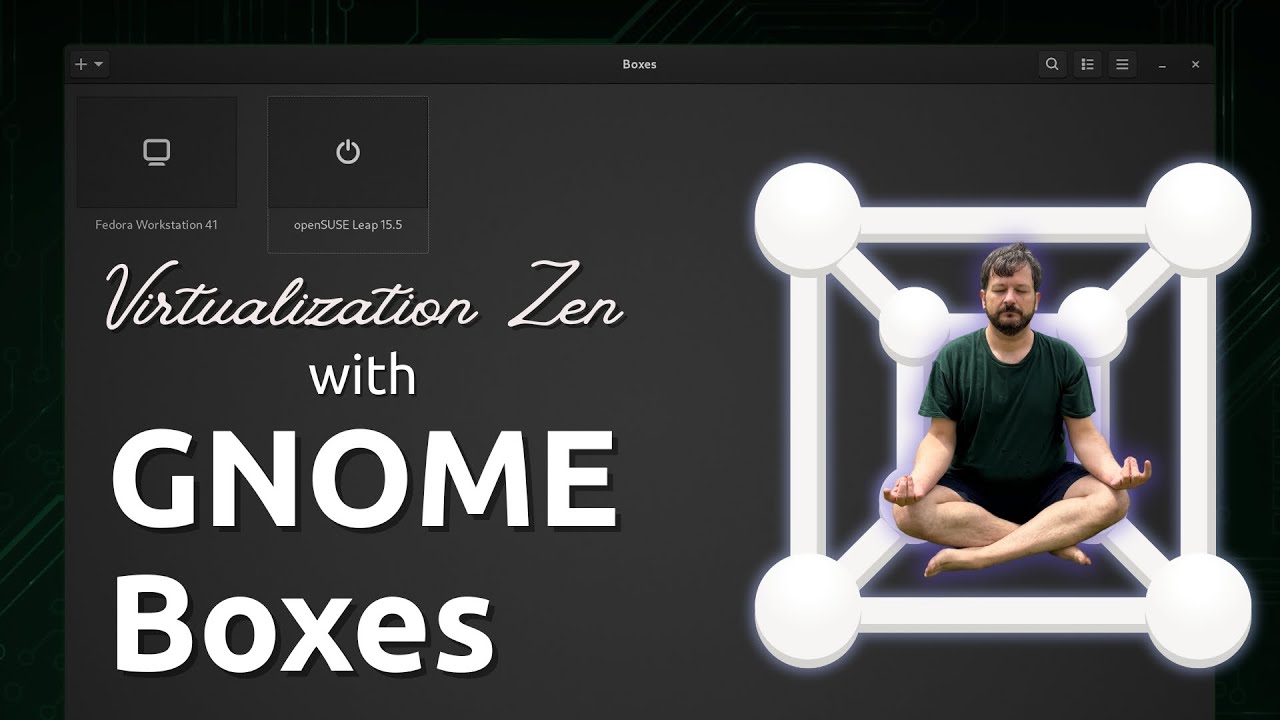Hi.
First post here.
I don’t know if this is the right forum, but “Homelab” was the closest I could think of.
I have used GNOME Boxes for many years. it’s a great tool instead of distrohopping if you just want to test a distro.
(if I want to do something more advanced, I would probably use QEMU/KVM or Proxmox)
Now I want to do something little more advanced, but it should still be within GNOME Boxes capability.
As I saw LearnLinuxTVs video about GNOME boxes, released a couple of weeks ago, I thought this would be the right place to ask questions.
I have used Linux for a couple of years at home. I’m not a beginner, but neither an expert. Let’s say that I’m a intremediate user.
The system i have problem with is:
A computer with Fedora 41, running GNOME Boxes 47, with 2 VMs: Ubuntu 25.10 Desktop & Ubuntu 25.10 Server.
What I try to is to rebuild the server so it will be a lightweight desktop with the same functionality as the common Ubuntu Desktop (installing Vanilla GNOME, etc).
If I succeed in the VM, I will install Ubuntu server 25.04 on bare metal (not VM), instead of Ubuntu Desktop.
To do this it would be nice to do:
apt list -installed
on both VMs.
Then export both lists to the host and compare the lists, so I know what packages Ubuntu Desktop has, that Server doesn’t.
This should be easy according to the video mentioned above.
Just install spice and send files back and forth between the VMs and the host.
Problem is, it doesn’t work.
I have named the two VMs u2410deskVM & u2410servVM.
In GNOME Boxes I went to Preferences for the VMs > Devices and Shares, then shared “Documents” on the host machine.
In both VMs I have fixed so that they have the packages spice-vdagent & spice-webdavd installed.
I start a VM, open file manager (Nautilus), go to Network, and there’s a Spice Client Folder - but it seems to be wrong.
The Spice Client Folder is named:
dev+sd://Spice%20Client%20folder_webdav_tcp.local
(yes, I know that %20 is space)
When I try to open the folder I get the error message:
Could not connect to u2410deskVM.local invalid argument
I understand what happens: the VM can’t communicate with the host.
But I don’t under stand why, and I don’t know how to fix it.
I tried to google , but didn’t get any relevant answers, so I ask here.
